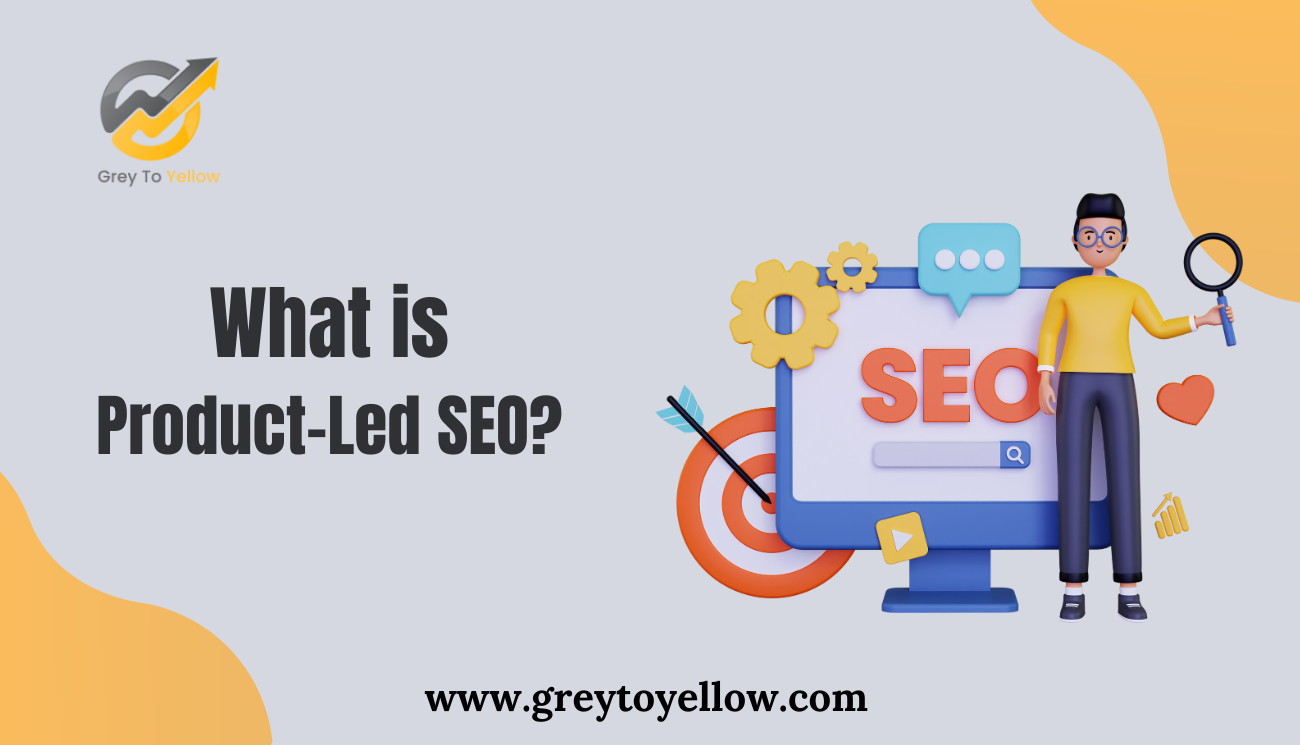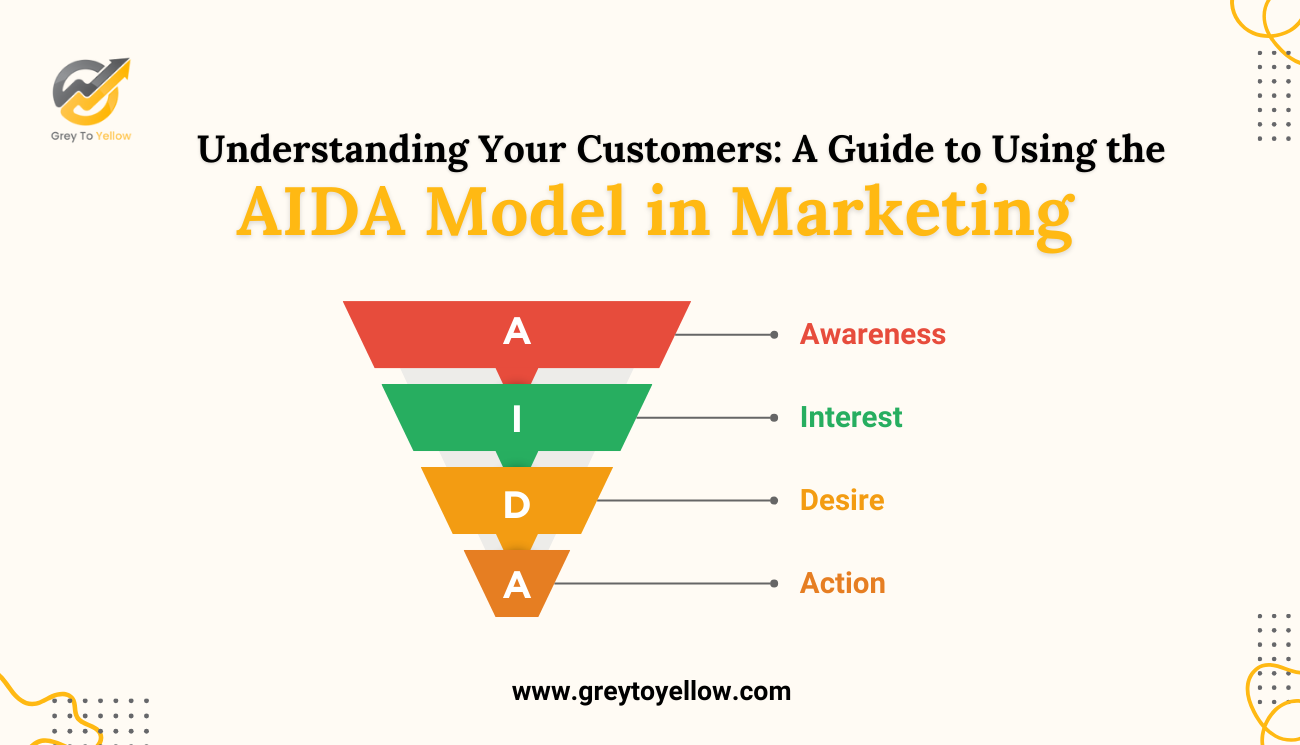
Drive Traffic and Conversions with Product-Led SEO
Traditional form of SEO focuses mainly on keywords and getting a higher rank in search results, but what if there was a better way to do it? Product-led SEO is a user-centric approach that focuses on building a valuable product around your target audience.
The Problem with Keyword-Driven SEO
The traditional SEO relies mainly on keyword research to create content and has certain drawbacks:
- Unoriginality: Keyword research tools are readily available which makes it easy for competitors to target the same keywords while doing their research.
- Focus on Rankings, Not Results: Ranking high doesn’t mean you will definitely get conversions because users might not be searching for what your content is all about.
- Limited and Expensive: Keyword-based content can become outdated with time and requires ongoing investment.
The User-Centric Approach of Product-Led SEO
Product-led SEO flips the script. Instead of using SEO to market the product, the product itself becomes the SEO driver. Here’s how it works:
- Focus on User Needs: Product-led SEO focuses on two questions- “Who are the users?” and “What are they looking for?” This user-centric approach ensures your website caters to their needs.
- Product as the SEO Driver: The entire website is built around the user’s search journey. The technical architecture and content decisions of a website make it easier for the user to find information.
- Content with Value: Product-led SEO doesn’t create content just to rank for keywords but for it to be informative and solve user problems.
Product-Led SEO in Action: Amazon vs. eBay
Let us take the example of Amazon and eBay, both being e-commerce giants. eBay had invested more in content marketing to educate buyers but failed to put emphasis on product page optimisation. Each listing had a unique URL that expired eventually. This made it difficult for search engines to Index them effectively.
Whereas, Amazon focused more on product-led SEO as they invested in the technical aspects of their website and optimised category and product pages for better UX. This resulted in Amazon dominating the e-commerce searches despite minimal content creation efforts.
The Benefits of Product-Led SEO
Product-led SEO offers several advantages:
- Drives Qualified Traffic: If you focus more on what the users need, you will attract visitors who are genuinely interested in your products.
- Boosts Conversions: You are more likely to convert visitors into customers if you have a more user-centric approach.
- Future-Proof SEO: Product-led SEO offers an amount of immunity to algorithm updates. User needs remain constant while search engine algorithms change so product-led SEO is relatively helpful.
Getting Started with Product-Led SEO
Here are some tips to implement product-led SEO:
- Prioritise Branded Search: You should optimise your website for searches that lead to your brand name. Users that look for you are high-intent leads.
- Focus on User Intent: Understand the intent behind users’ searches and optimise your content accordingly.
- Content with a Purpose: Every content that you write should be of some value to the user.
Conclusion
Product-led SEO is a powerful approach that focuses more on the UX and drives sustainable growth to your website. By focusing on what the users need, you will be able to attract traffic, boost conversions, and build a long lasting website that thrives in the SEO landscape.



